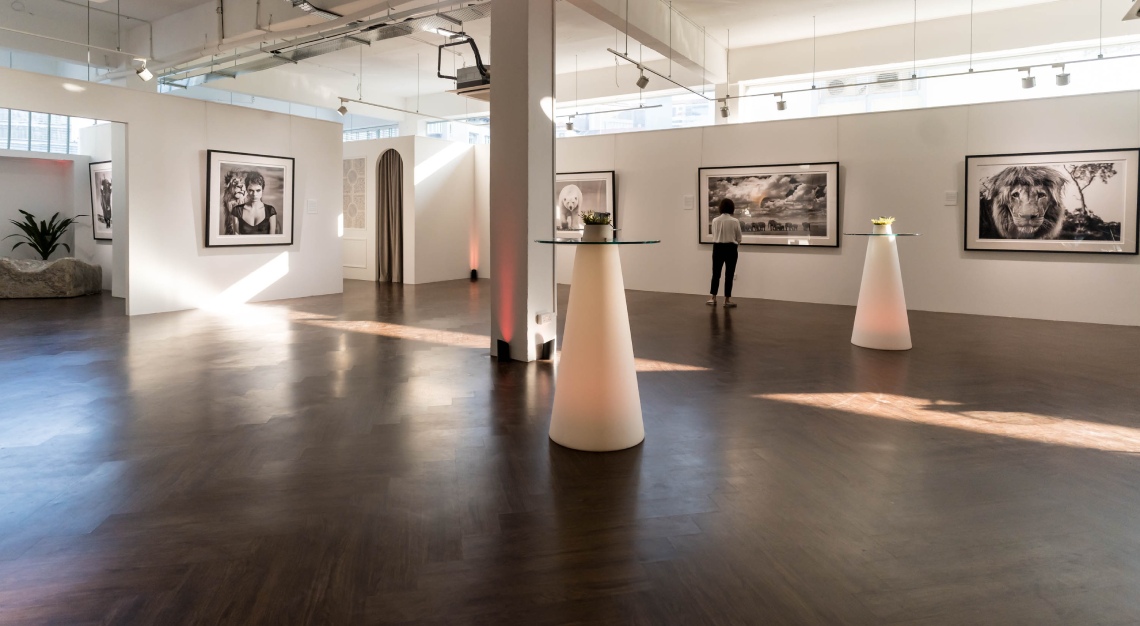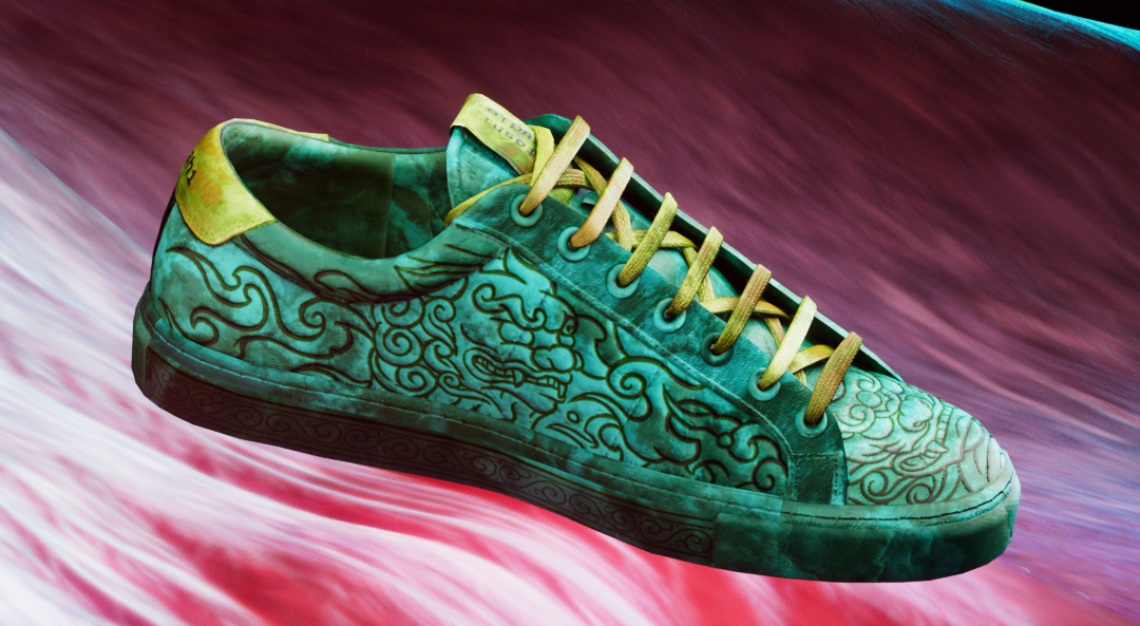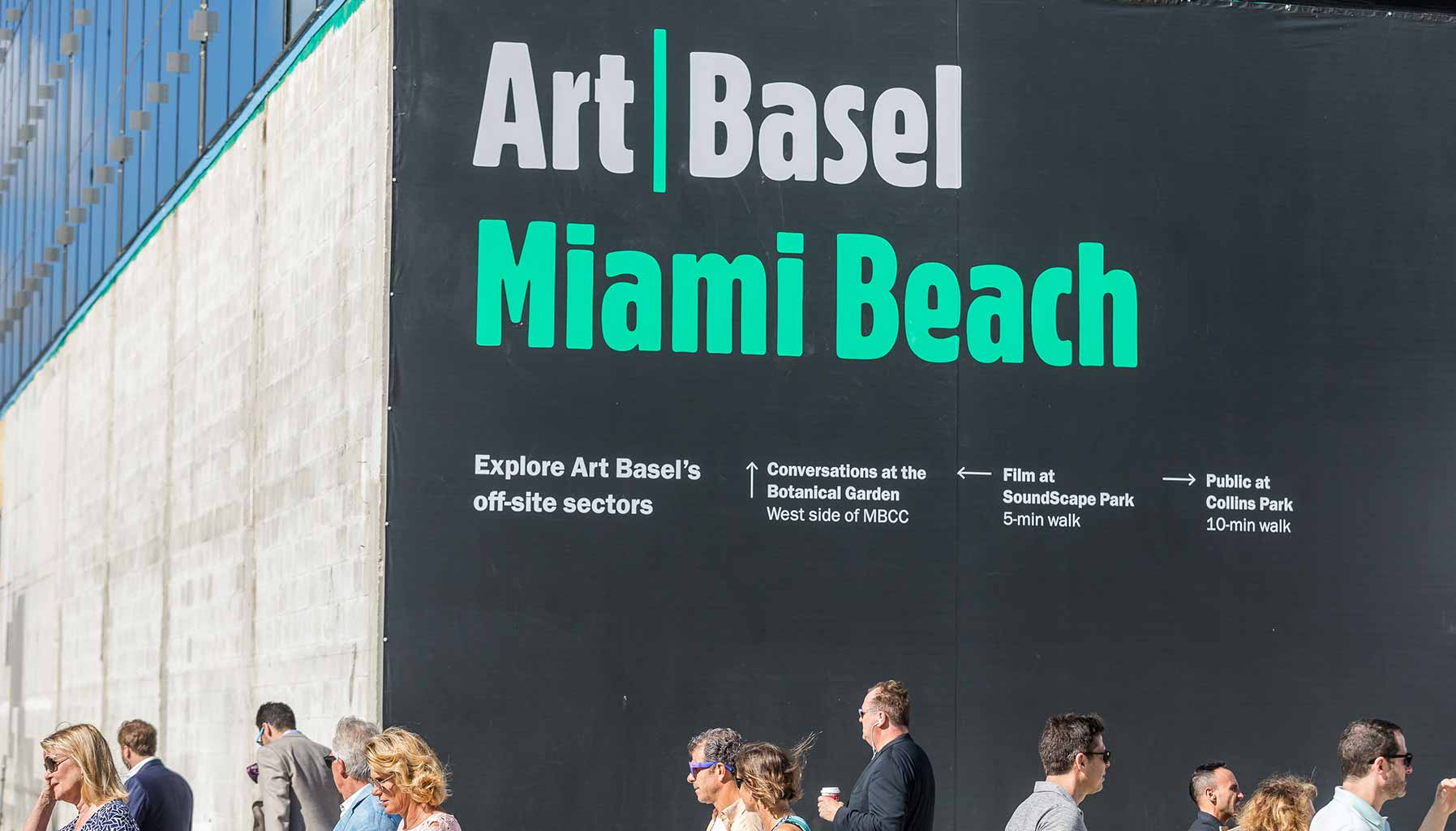‘Between Movement and Stillness’ marks Hiroshi Senju’s return to Singapore since 2021.
Hiroshi Senju, a master of contemporary Japanese painting, wields an extraordinary talent that marries traditional techniques with modern aesthetics. Born in 1958, Senju is renowned globally for his breathtaking waterfall and cliff paintings, which he creates using traditional Japanese Nihonga techniques—a style that dates back to the 8th century.
Most of the works on view will be exhibited for the first time in Singapore at ‘‘Between Movement and Stillness’ at the Sundaram Tagore Gallery in Gillman Barracks. The showcase will also feature two new-to-market pieces specially created for the exhibition, highlighting the monochromatic, fluorescent, multi-coloured, and platinum-pigment Waterfalls series.
“Hiroshi Senju’s art has a timeless quality that communicates the power of art to connect with people on an intuitive level, inspiring a sense of hope and mutual understanding. We are proud to present his outstanding works at Sundaram Tagore Gallery in Singapore to foster important dialogues and capture this moment,” says Sundaram Tagore, founder of the eponymous gallery.

Senju works are profound and ethereal. They go beyond depicting the natural world and attempt to embody its very essence, inviting viewers into a meditative space that transcends the boundaries of time and culture.
Serving as a bridge between the past and the present, the artist’s works also embody a deep reverence for nature while echoing the concerns and sensibilities of the contemporary world. This unique perspective has not only made Senju a pivotal figure in the art world but also a beacon for cultural preservation and dialogue. His exhibitions, held in prestigious venues around the globe, including the OUB Centre and Tower 2 of One Raffles Place, are more than just displays of aesthetic brilliance, but catalysts for conversation and debate.

What initially drew you to waterfalls as a subject?
Waterfalls have mesmerised humans globally from time immemorial, acting as a nexus where the tangible intersects with the profound. This fascination is rooted deep in history; upon witnessing the majesty of Niagara Falls, early Christians proclaimed, “This is God.” Similarly, when André Malraux encountered Japan’s Nachi waterfall, he was moved to declare, “God does not dwell in this, but this is God itself.”
Waterfalls are more than a mere geographical feature, but a conduit through which water travels from one place to another, marking the passage of time. My personal journey of constantly painting waterfalls has led me to a profound realisation: the invisible force of gravity, though unseen, manifests itself in breathtaking forms.
How do you choose the locations or natural scenes that inspire your paintings? Is there a personal story behind any of these choices?
I paint what I experience. Inspiration comes from daily life, not from a moment in time. It’s the emotions of everyday life—happiness, sadness, regrets, and everything else—that give me creativity. It comes from every moment and quotidian routine.

Could you elaborate on your choice of materials and why you prefer traditional Nihonga techniques and pigments for your work?
Discovering natural pigments in high school, made from crushed rocks turned into vibrant powders, began my artistic journey. I deeply admire Japanese culture’s nature-centric art and its serene blend of abstract and figurative styles, alongside the directness and reality-focus of Western contemporary art. My mission is to merge these influences, evolving Japanese painting to resonate with contemporary art’s dynamic spirit.

How do you achieve the luminous quality and depth in your waterfalls? Is there a particular technique you’ve developed over the years?
My work reflects a deep respect for natural pigments and nature, guiding my exploration of their unique properties to honour their origins. In painting waterfalls, I pour pigments from the top, mimicking water’s flow, and seek harmony on the canvas, embracing its inherent imperfection. This process involves a dialogue with the artwork, deciding when and where to add colours, aiming for a balance between the waterfall and its surrounding space. I focus on creating a delicate equilibrium, highlighting the beauty of both the waterfall and the untouched canvas. The painting evolves by uncovering its inherent structure, and I conclude the work when further adjustments might disrupt its harmony.
In what ways do you think your work contributes to or diverges from traditional Nihonga painting?
Influenced by Japanese traditions, I’ve learned that tradition is essentially a dynamic innovation process. This realisation revealed that historical masters didn’t just follow conventions; they expanded them, creating unique works reflecting their times and visions. Inspired by these masters, I respect their contributions but strive to carve my own path, adding a distinct voice to the art dialogue, guided by their innovative spirit.
Have recent environmental changes or global events influenced the themes or messages in your work?
Yes, naturally. Because I am a human living at the present time, global events influence me greatly.
Can you discuss any collaborative projects you’ve undertaken?
There are many. This year, I will be exhibiting work with Tanabe Chikuunsai IV, a Japanese bamboo sculptor in Tokyo. I’ve also worked with teamLab on a collaborative installation called Waterness in 2018.
Another notable project of mine is “The Garden of Ku,” part of the Naoshima Art House Project situated at the Benesse Art Site on Naoshima Island. Here, I delved into the rich history and culture of the location, weaving “tangible memory” into the fabric of art, creating an immersive experience that bridges past and present.
Also, in the Hiroshi Senju Museum Karuizawa, Japan, the architect and I collaborated to create a museum full of light, offering a place to relax and enjoy the artworks displayed indoors but in the context of a natural setting. We landscaped the garden to employ the concept of shakkei, scenery “borrowed” from the surrounding sansui countryside. Even the leaves of the plantings have a colour palette that changes with the seasons. We believe visitors should appreciate the garden like paintings, and appreciate the paintings like the garden.

Are there any projects or mediums you haven’t explored yet but are interested in pursuing in the future?
I am always working on things that interest me.
What have been the most challenging aspects of your artistic journey, and how have you navigated them?
My most notable projects include my work for the 1995 Venice Biennale and crafting pieces for Koyasan’s Kongobuji Temple, a UNESCO site, in 2020. At Koyasan, the challenge was immense due to its historical and spiritual significance, rooted in the teachings of Kukai, a major figure in Japanese philosophy. This experience, despite not being a devout Buddhist, deeply influenced my art, blending modern expression with the ancient spirit of the site.
Of all your works, do you have a personal favourite or one that holds special significance to you? Why?
My personal favourite will be my next project.
What advice would you give to young artists who are drawn to traditional forms of art but want to make them relevant in the contemporary world?
I would advise them that the clue is in the most familiar places. Watch where you are standing, and value your experience as the treasure it is.

How do you see the role of art in society, especially in times of global uncertainty or change?
Artists have long been societal beacons, spotlighting voids and embodying our shared essence. The Renaissance, emerging after the Black Death’s ravages, saw figures like Michelangelo and Leonardo Da Vinci celebrate human vitality and seek scientific understanding. Through pandemics, wars, and turmoil, art has been a steadfast source of hope, guiding humanity from darkness. The artist’s role extends beyond creating beauty to being a crucial illuminator and inspirer, navigating us through challenging periods.






